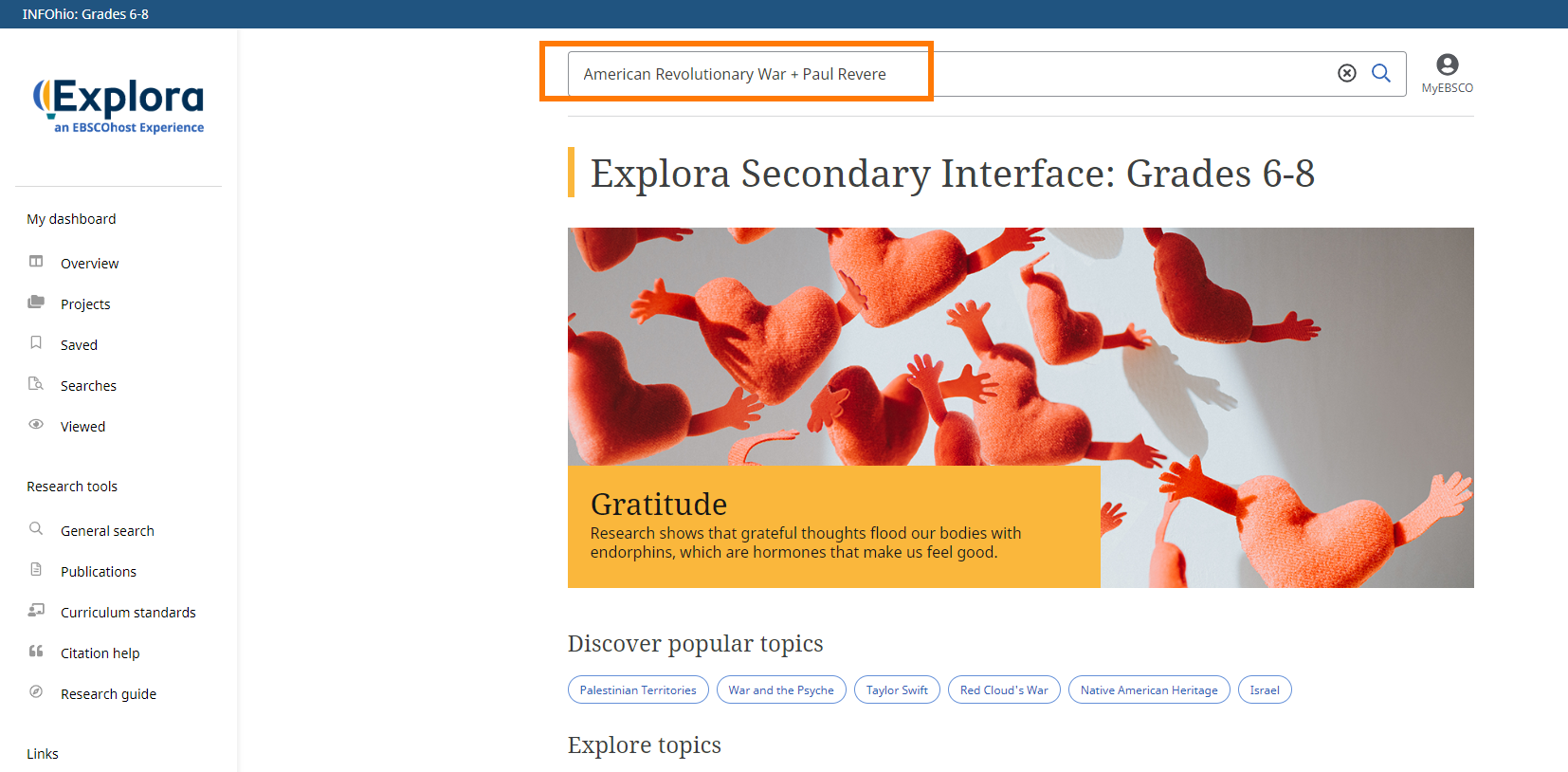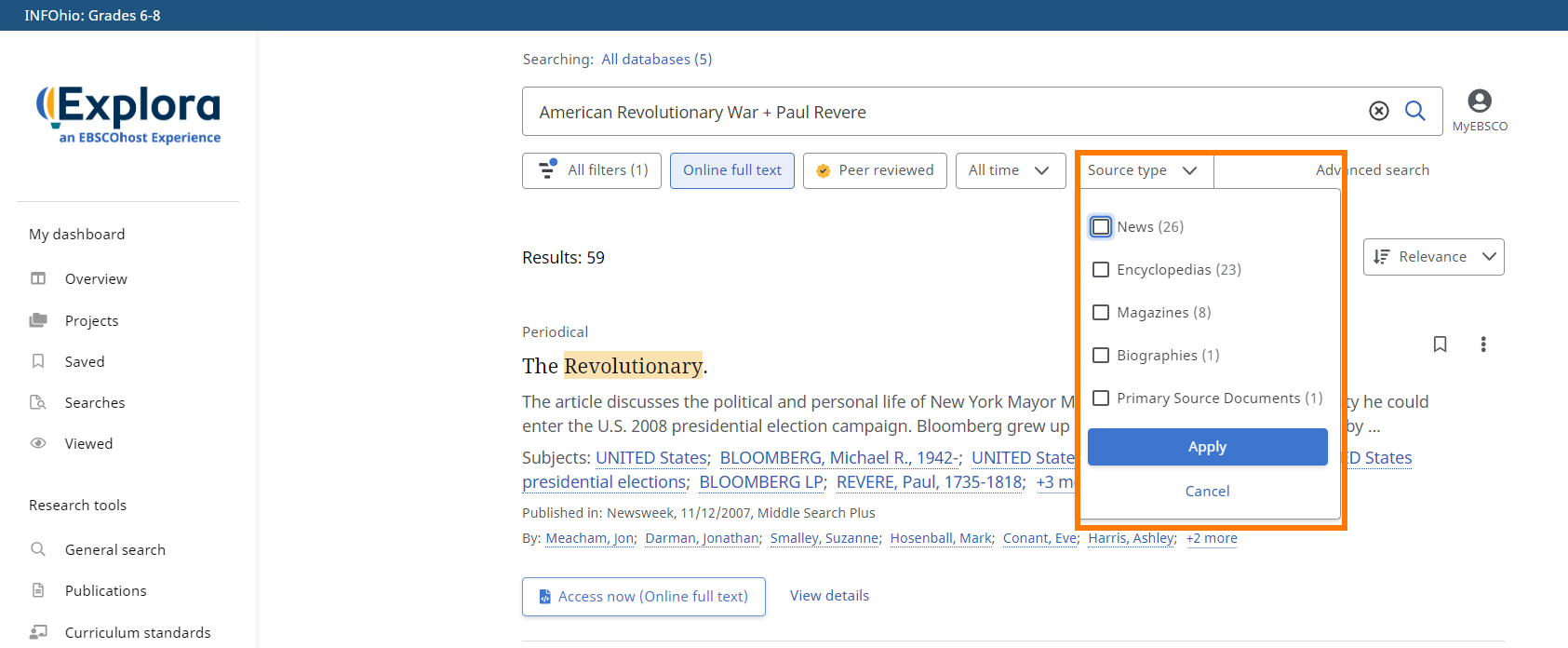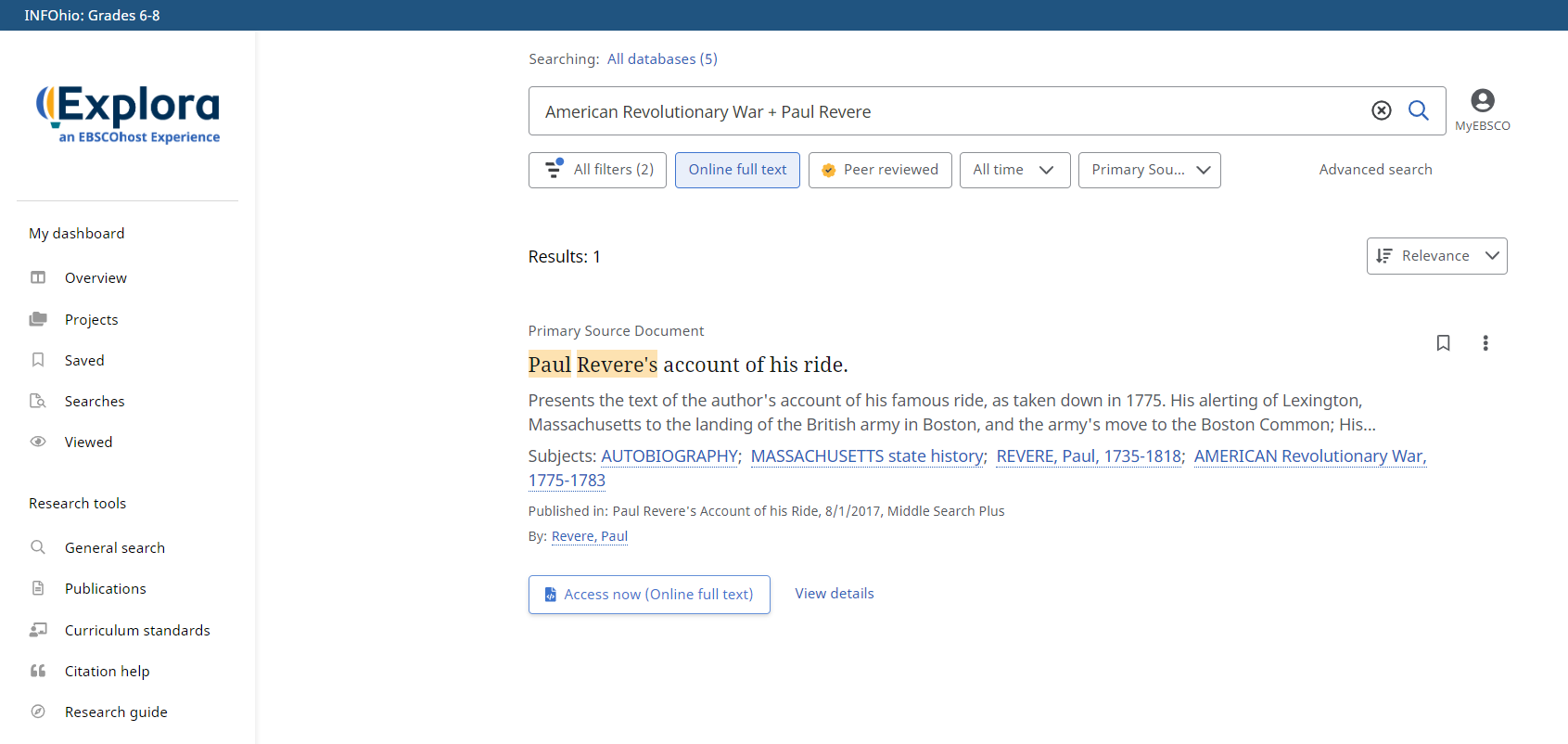Author // Mary Rowland Wednesday, 19 October 2022
 Learning how to effectively evaluate information is not only an inquiry skill—it is a life skill. Whether evaluating an apartment lease contract, selecting the best post-secondary program and school, or deciding which candidate to vote for in an election, students today will need to evaluate messages, media, print, and visual text throughout their adult lives to make informed decisions.
Learning how to effectively evaluate information is not only an inquiry skill—it is a life skill. Whether evaluating an apartment lease contract, selecting the best post-secondary program and school, or deciding which candidate to vote for in an election, students today will need to evaluate messages, media, print, and visual text throughout their adult lives to make informed decisions.
Successfully evaluating information is a vital part in the inquiry framework. A person who is information literate can evaluate information and participate in self-directed learning. These inquiry skills transcend all content areas and grade levels. The quantity of information freely available is overwhelming, and students must learn these key skills:
Evaluating information is a skill frequently referenced across all Ohio Learning Standards. For example, the College and Career Readiness Anchor Standards for Reading ask students to “integrate and evaluate content presented in diverse media and formats,” and “delineate and evaluate the argument and specific claims in a text.” Included in the Standards for Literacy in History/Social Studies, Science, and Technical Subjects 6-12, students in grades 6-8 are asked to “distinguish among fact, opinion, and reasoned judgment.” Students in grades 9-10 are expected to “assess to which extent the reasoning and evidence in a text supports an author’s claims.” Finally, students in grades 11-12 should “integrate and evaluate multiple sources of information presented in diverse formats to address a question or solve a problem.” Therefore, creating opportunities for students to practice evaluating a variety of types of text for varying purposes, strengthens their ability to read across all content areas.
You can incorporate evaluation skills into a larger inquiry or project-based unit or as mini lessons providing students opportunities to practice reading and critical thinking. Consider incorporating primary sources into lessons to help students practice evaluating information. In their 2012 Reading Teacher article, The Power and Potential of Primary Sources, Timothy Rasinski and Denise Morgan promote the potential of primary sources in the elementary classroom. Rasinski and Morgan, along with the Library of Congress, promote a circular approach to evaluating primary sources in three easy steps: observe, reflect, and question.



By doing so, students can evaluate the quality, relevancy, and bias found within the primary source.
Knowing how to identify accurate, reliable, and quality information can help high school students make the best decision and create the best product or project. Consider using lessons from Research 4 Success: Unit 3: Selecting the Best. Select lessons to use to teach students how to evaluate information.
In addition to evaluating the relevance of information, students need to learn to sift the good, the bad, and the ugly from websites. For middle-grade students, consider using Kathy Schrock’s 5 W’s of Website Evaluation. Simple and easy to use, Schrock provides teachers and students with guiding questions to evaluate and reflect on the quality and content of the information provided on a website.
Regardless of which method you select, key evaluative characteristics can be found in each:
In their 2013 Reading Teaching article, Comprehension at the Core, Stephanie Harvey and Anne Goudvis emphasize, “We teach them to ask questions to delve into a text, to clarify confusion, to connect the new to the known, to build knowledge and to sift out the most important information when making decisions." The ability of a student to weigh the relevancy and importance of information to make decisions, draw conclusions, or marshal support for an argument is vital for all students to become critical consumers of information and media. How do you support students as they evaluate sources and gather evidence during the inquiry process? Share with us on Facebook, Instagram, and Twitter using #INFOhioWorks!
Mary Rowland is a Senior Instructional Specialist with INFOhio. A former high school English teacher with 14 years of teaching experience, Mary is an accomplished leader who facilitated professional development in her previous district on integrating web-based tools into the classroom, Google Apps for Education, and writing across the curriculum. During her career, Mary mentored student teachers and served on both the district and building leadership committees. She has earned a BA in English, an MS in Education: Curriculum, Instruction, and Assessment, and is a Google Certified Educator Level 2. Mary is passionate about supporting INFOhio’s mission to help Ohio’s educators integrate the tools and resources to strengthen education for Ohio’s students.
Fetch is avaiable to INFOhio automated schools. If you are an INFOhio school, please log in with your school username/password using the button at the top-left corner of this page.
For more information about Fetch, please visit the Fetch information page or contact INFOhio support at https://support.infohio.org.